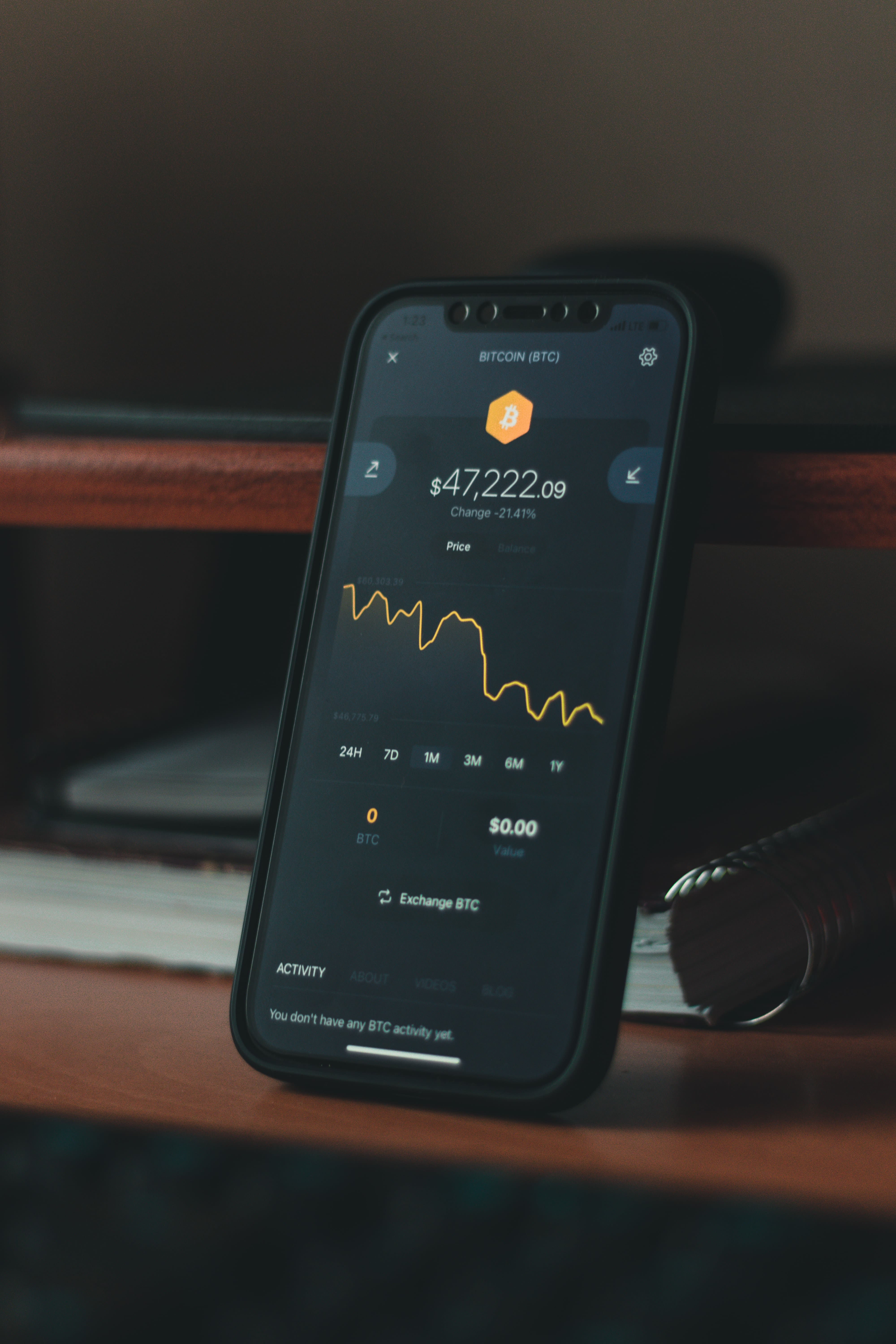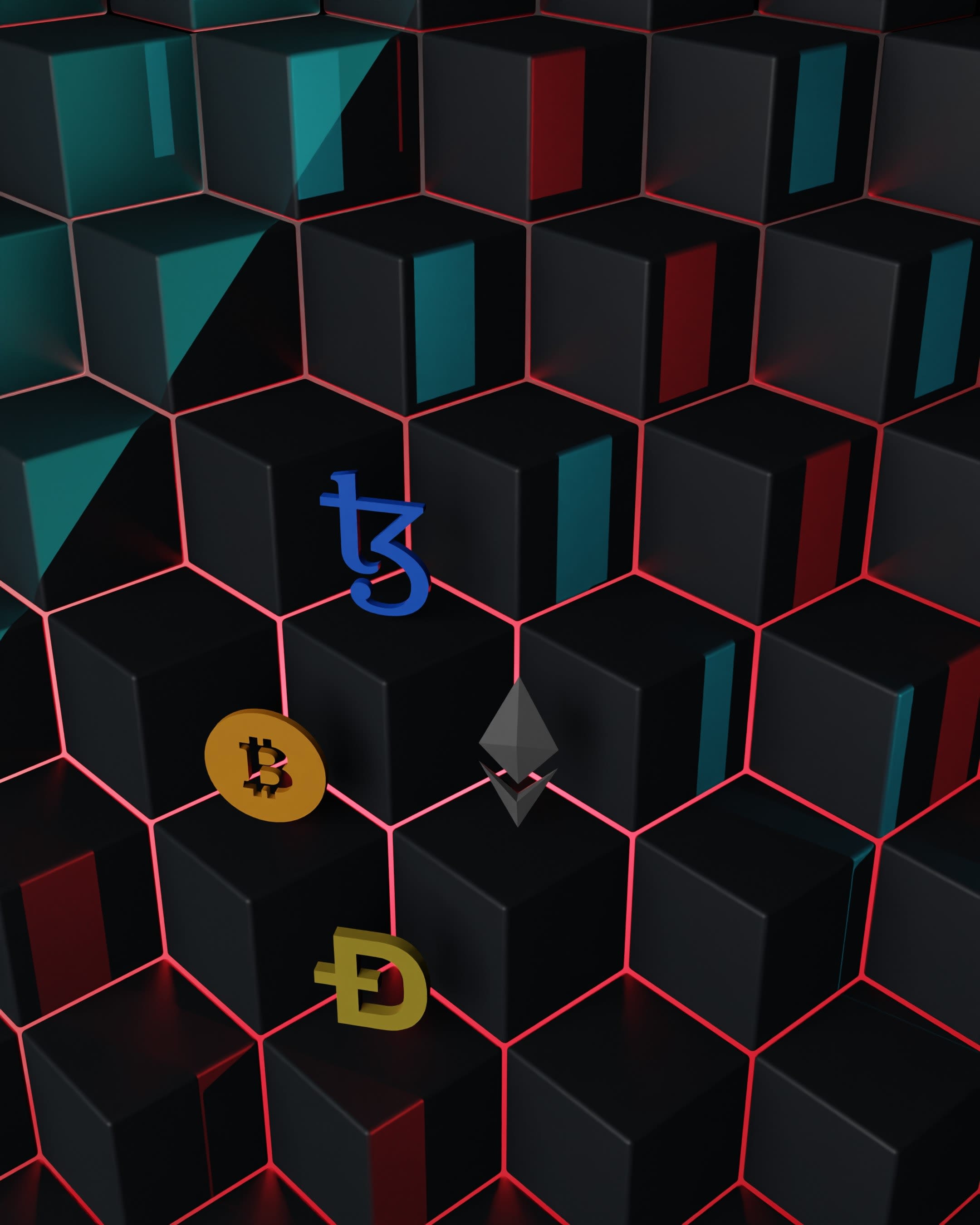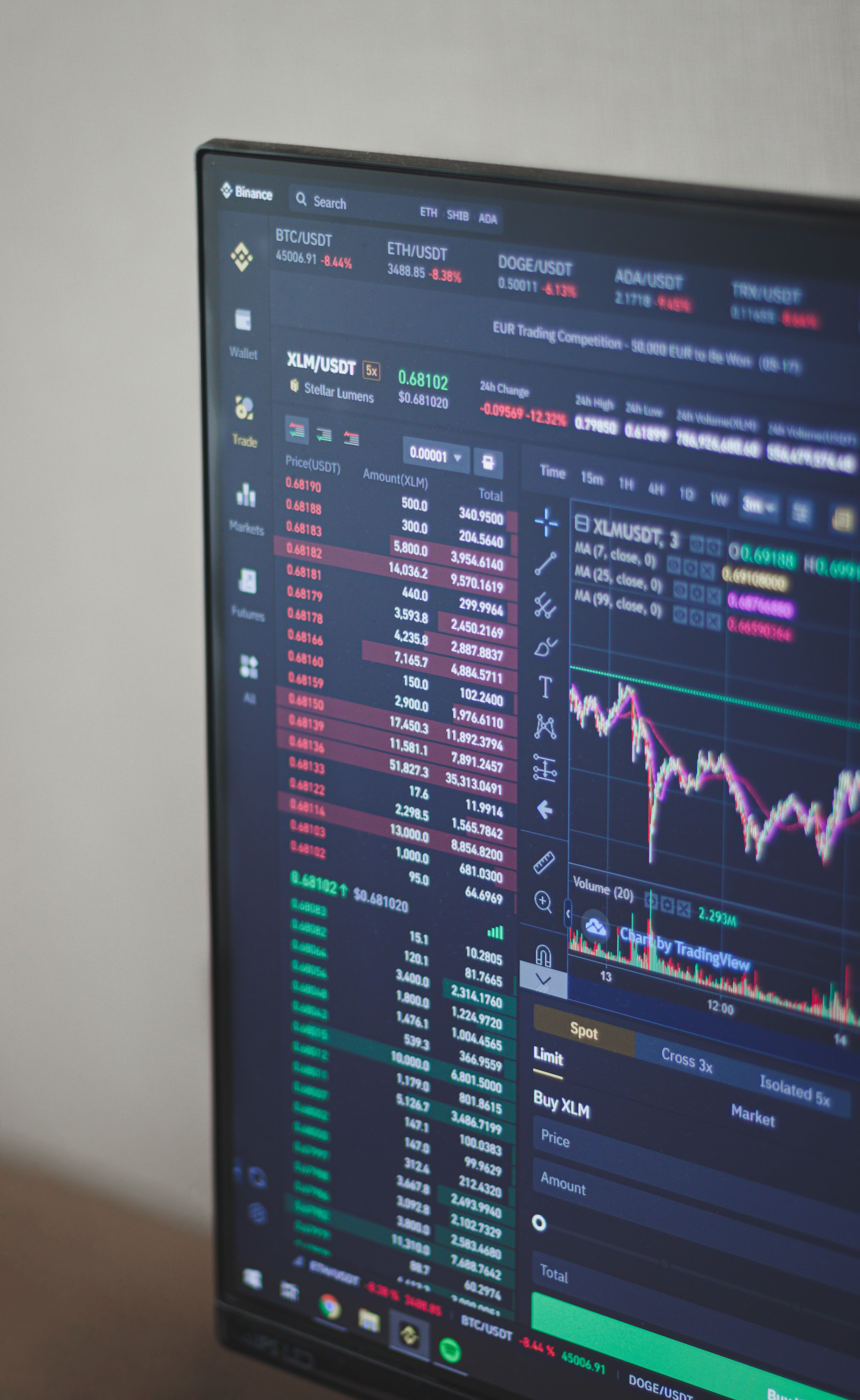The Crypto Breakdown

Practically the whole world (besides technophobes, and possibly the Amish) was an astonished and horrified audience to the event known as the Great Crypto Crash of 2022 over the last two weeks of May. Even key players in the cryptocurrency industry such as Bitcoin and Luna were not spared, with assets in freefall and charts painting a sea of red.
“But hang on- what’s the significance of this, and how does cryptocurrency affect me? I didn’t invest in it!” you might be thinking. While words like crypto and cryptocurrency have been tossed around enough that everyone’s heard of them, or at least attempted to invest, not everyone fully understands how cryptocurrency works or why its crash may have long-term implications. Don’t panic though, that’s why we’re here to help. Let’s break this down- step by step.
What is cryptocurrency?
Cryptocurrency is defined as “an encrypted data string that denotes a unit of currency. It is monitored and organized by a peer-to-peer network called a blockchain, which also serves as a secure ledger of transactions, e.g., buying, selling, and transferring.”
A slightly less confusing explanation: cryptocurrency is a digital or virtual currency that is secured by cryptography (coding). This is important as this makes it nearly impossible to counterfeit or double-spend, which facilitates secure online payment which is recorded via digital entries to an online database (with details of specific transactions).
How do they work?
Cryptocurrencies run on a distributed public ledger call blockchain (to learn more about blockchain, click here). Blockchain serves as a record of ALL transactions updated and held by those holding cryptocurrency. Units of cryptocurrency are created via a process known as mining (we know what you’re thinking, and no, this has nothing to do with Minecraft. Or the dwarves from Snow White. Keep reading).
Mining here refers to a process of using computer power to solve complicated mathematical problems which will then generate coins. (Disclaimer: We’re not too sure what kind of math problems they use- but we’re pretty certain they’re a tad more complicated than the Add.Maths problems in our textbooks.)
Cryptocurrency users can also purchase currencies from brokers, then store and/or spend them online with cryptographic wallets. Examples of cryptocurrency include Bitcoin, Ethereum, Luna and Terra. Note: when you call yourself a cryptocurrency owner, keep in mind that you own nothing tangible. What you do own is a key which facilitates the transfer of a record or unit of measure from Party A to B, without the help of a third party.
Why does the Crypto Crash matter?
While the onrush of new tech and developments led to a boom in business and payment methods, a rise in hacking and data leaks also led to a significant rise in online financial scams.
The development of a safe and practically secure method of making transactions (i.e. cryptocurrency) seemed like an answer to these issues- but as the recent crash has shown us, efficiency can still fall to unexpected situations. However, while a major news item,(due to the suddenness of the crash), cryptocurrencies, thanks to their fairly small ecosystem, have had a minimal impact on the economy. Those who WILL feel the pinch will be mostly limited to creators and investors.
However, like all markets, this recent surge and crash will most likely delay the mainstream application of cryptocurrency- at least for a brief period of time. Until then, all that can be done is for investors to sit tight as these companies course correct and focus on rejuvenating their stocks in the long-term.




